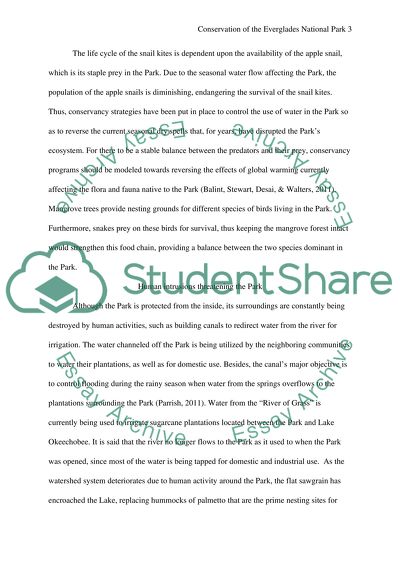Cite this document
(“Conservation of the Everglades National Park Research Paper”, n.d.)
Retrieved de https://studentshare.org/environmental-studies/1391724-everglades-national-park
Retrieved de https://studentshare.org/environmental-studies/1391724-everglades-national-park
(Conservation of the Everglades National Park Research Paper)
https://studentshare.org/environmental-studies/1391724-everglades-national-park.
https://studentshare.org/environmental-studies/1391724-everglades-national-park.
“Conservation of the Everglades National Park Research Paper”, n.d. https://studentshare.org/environmental-studies/1391724-everglades-national-park.


